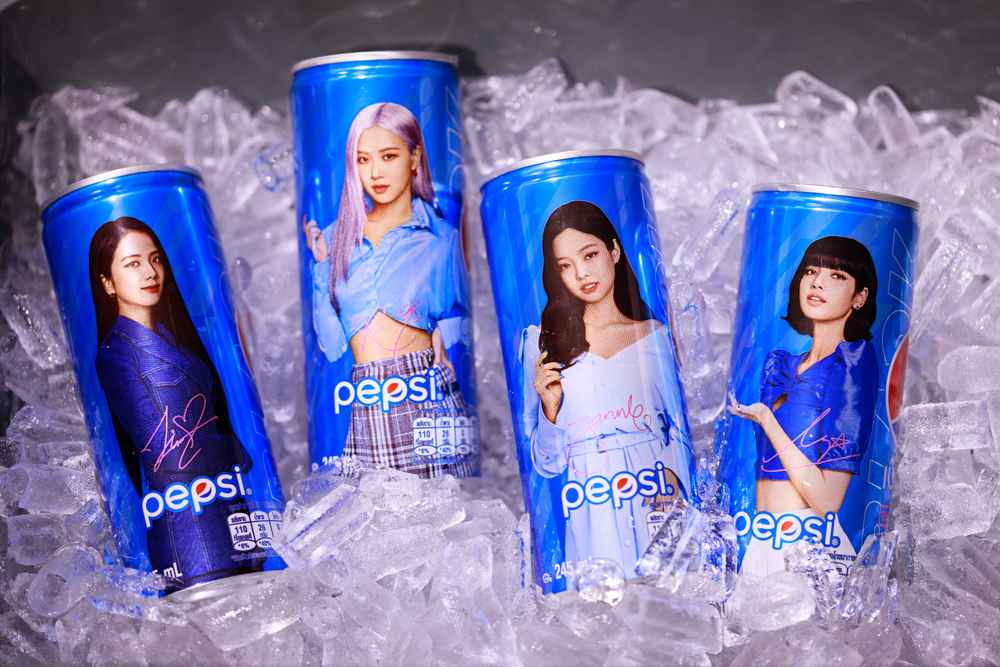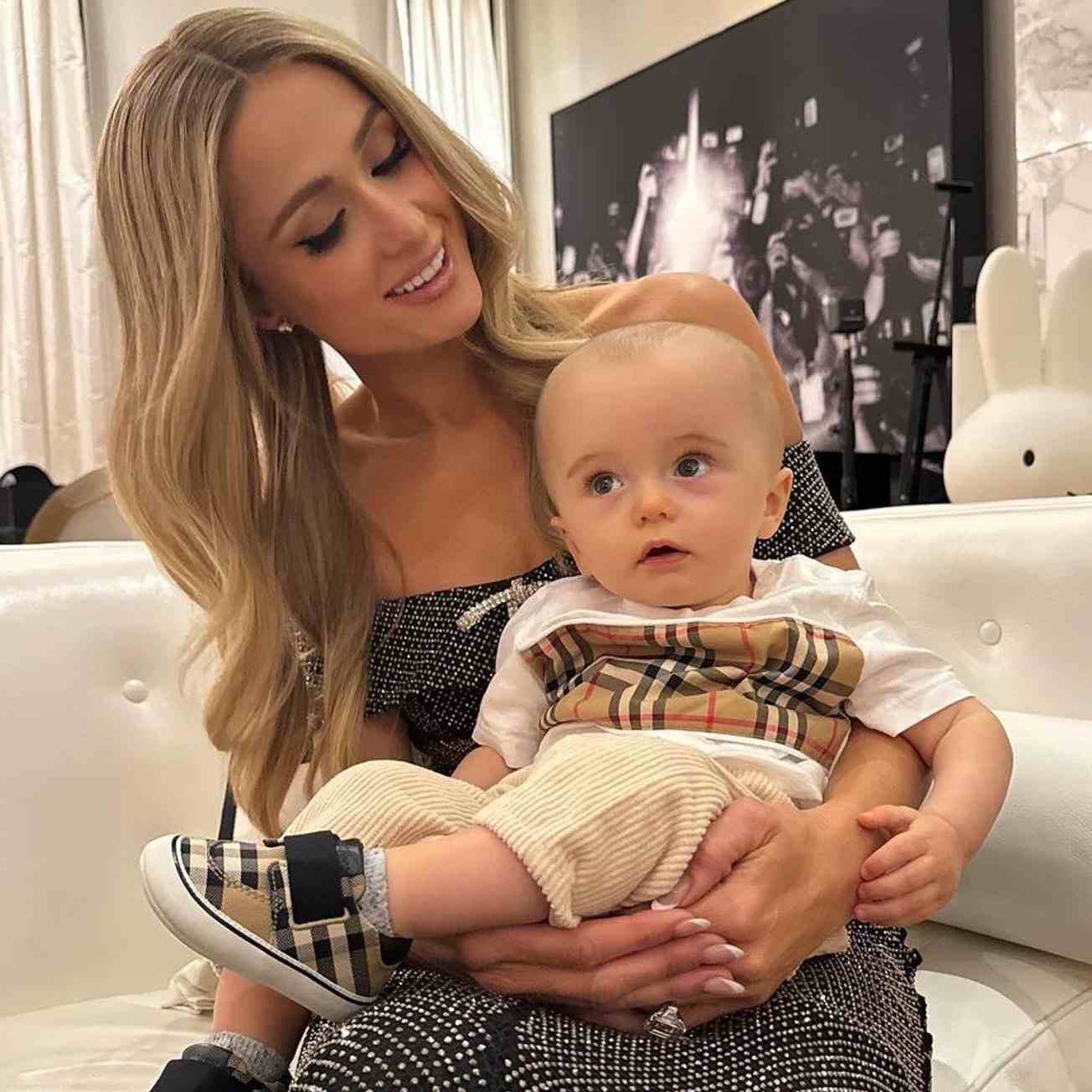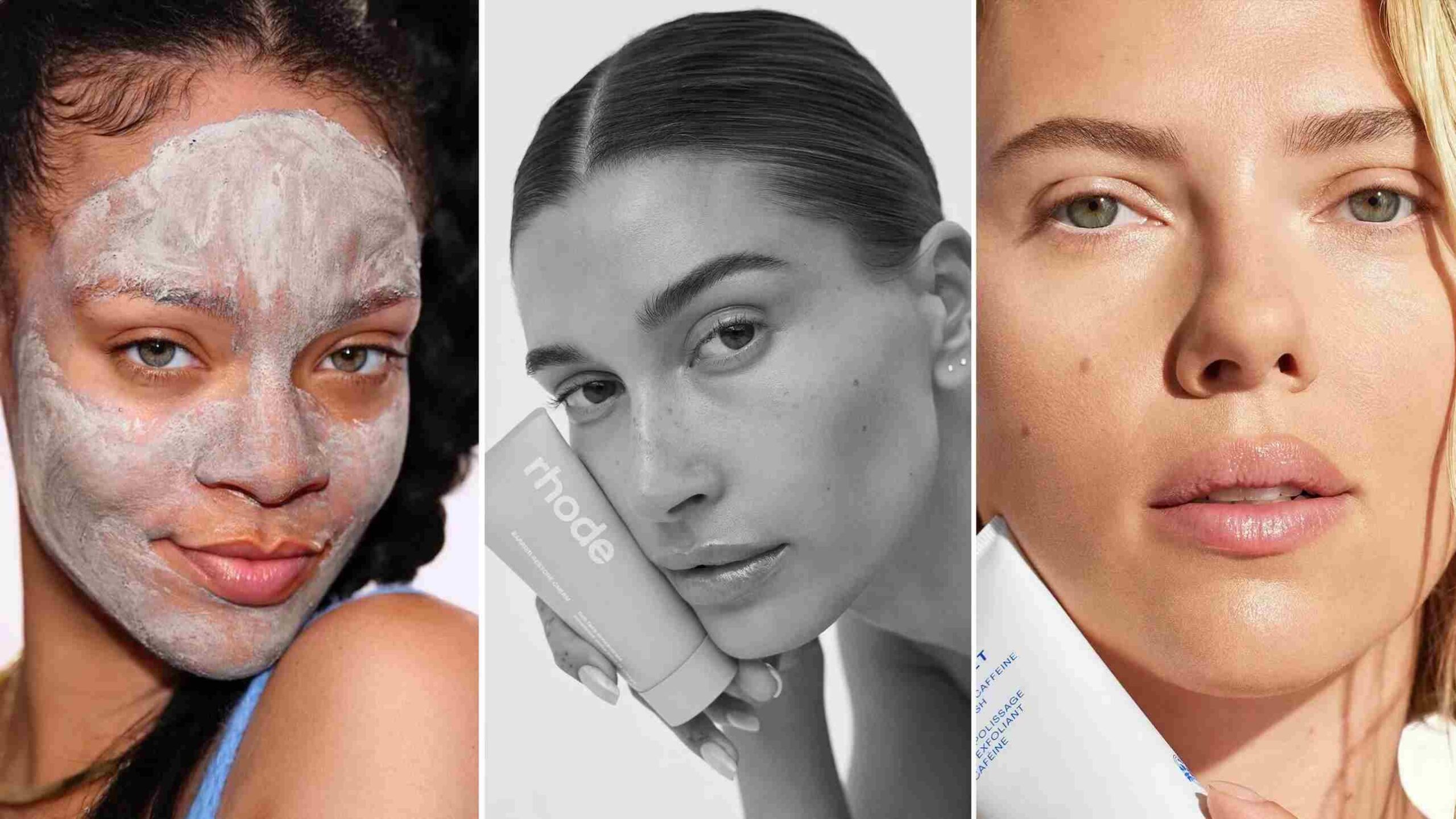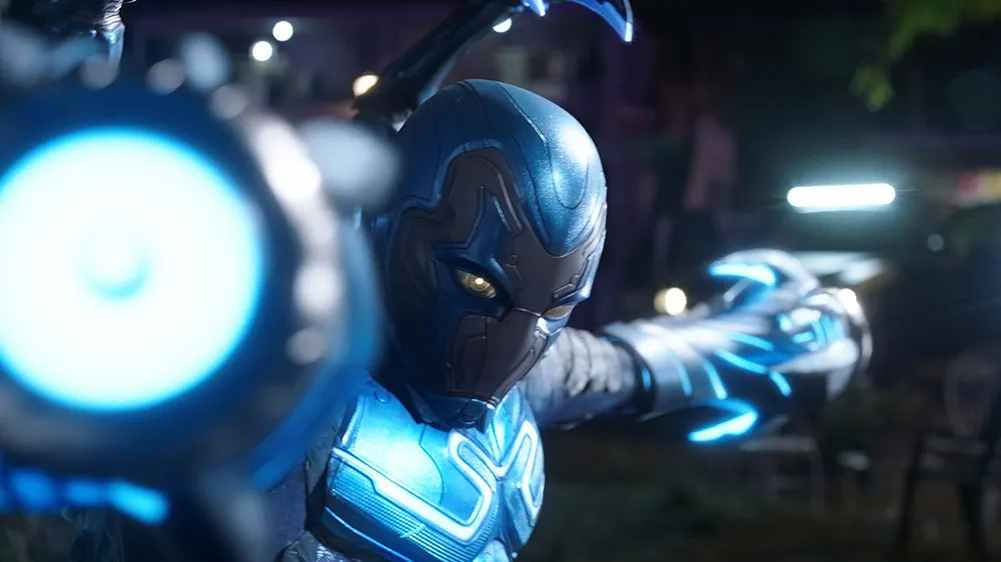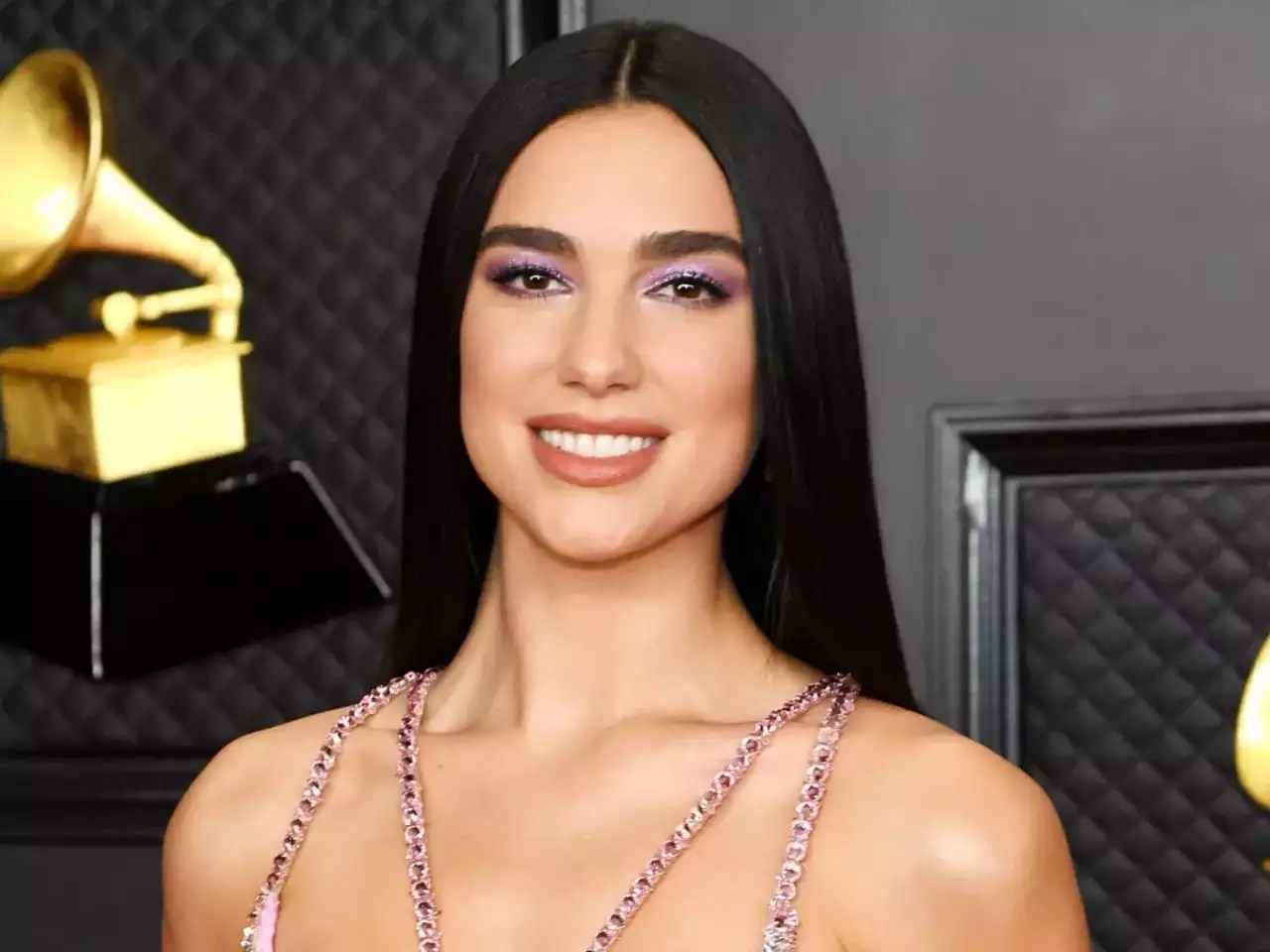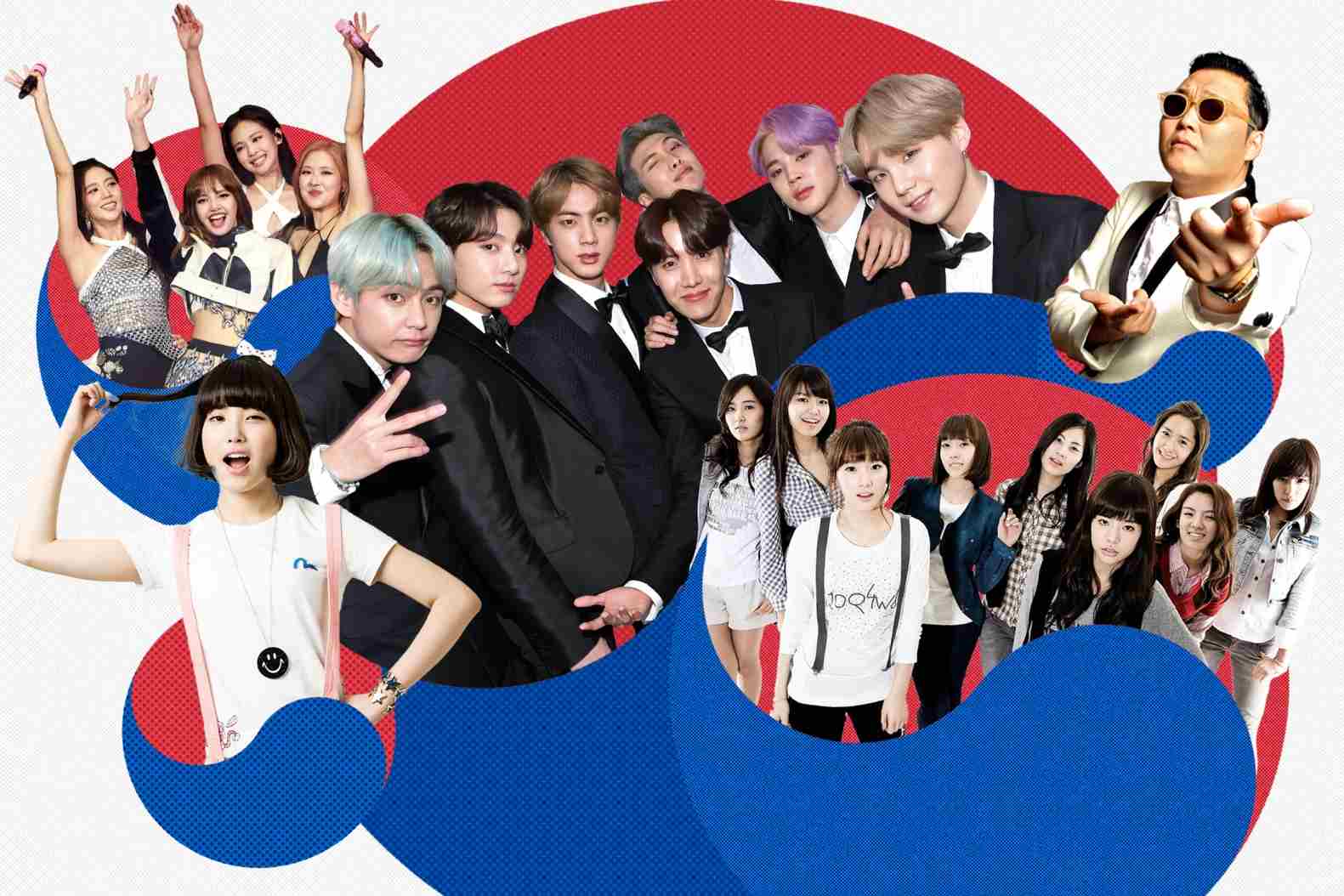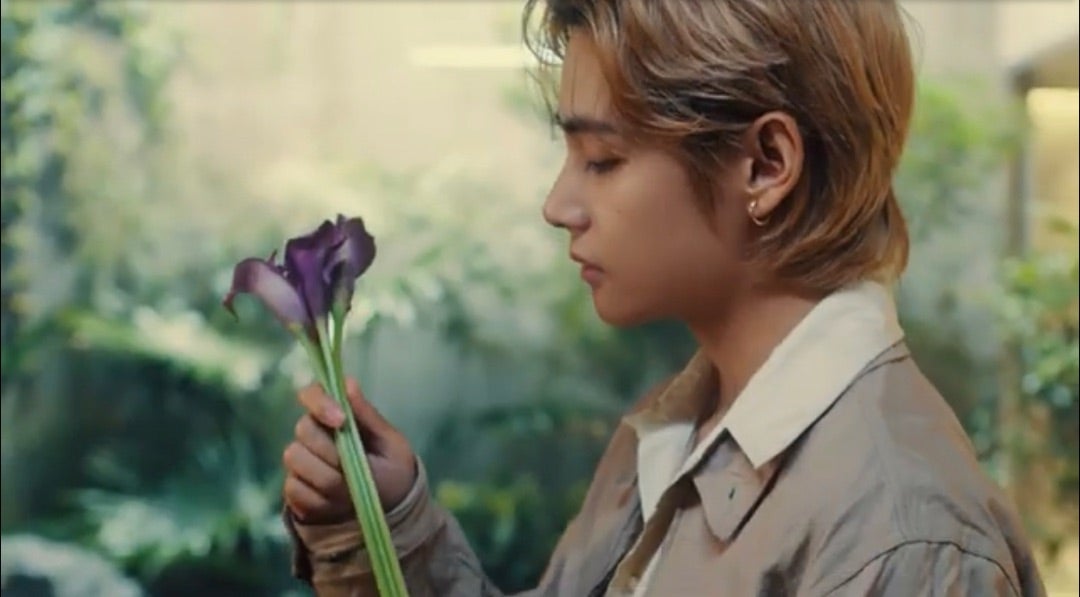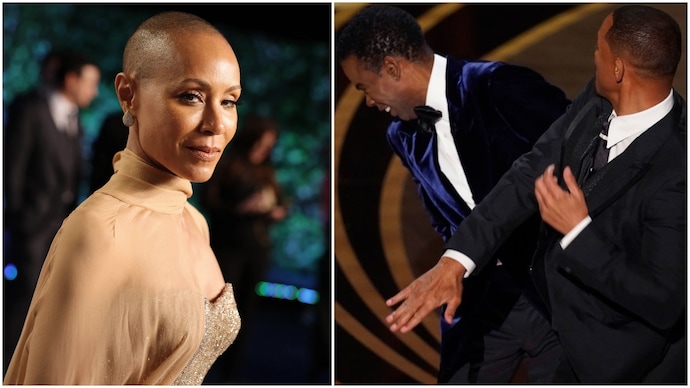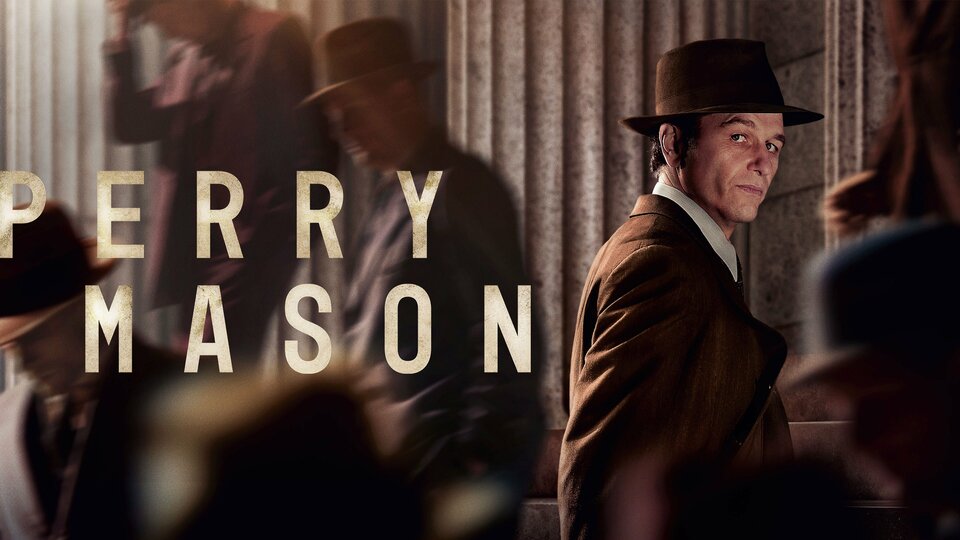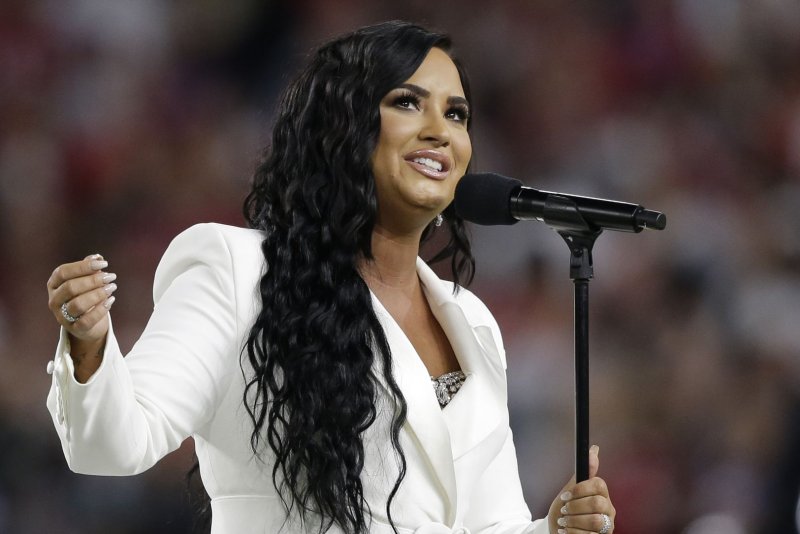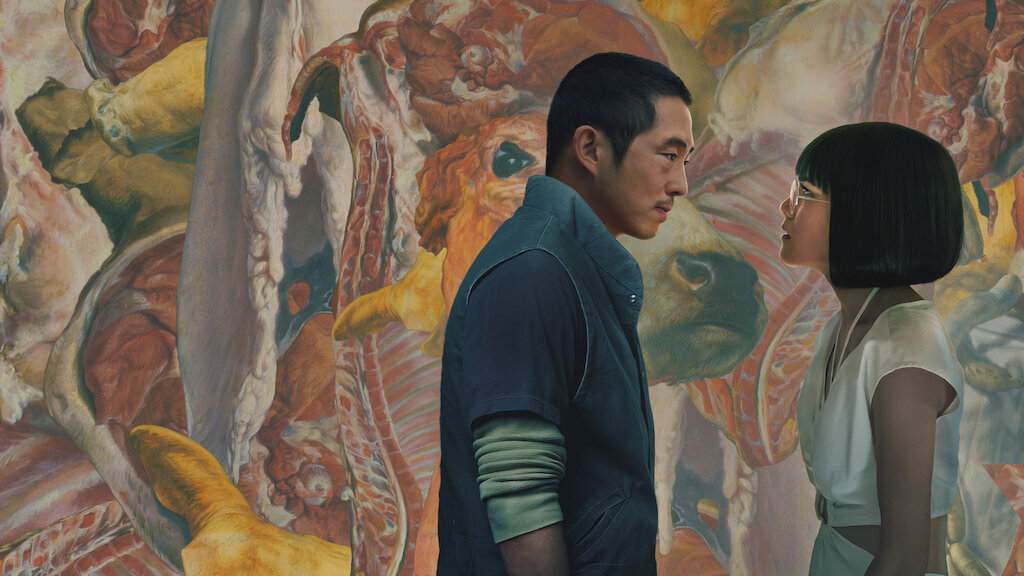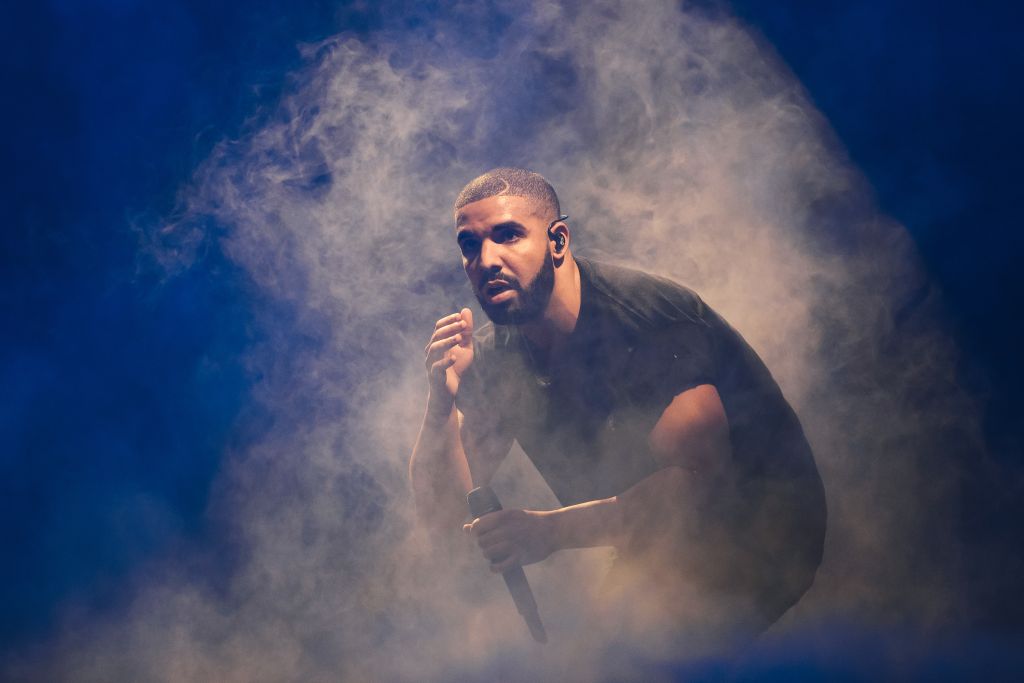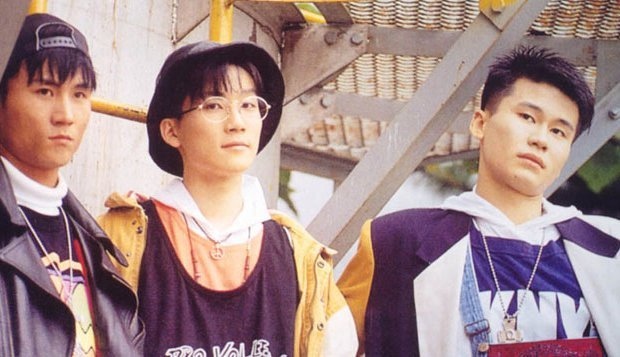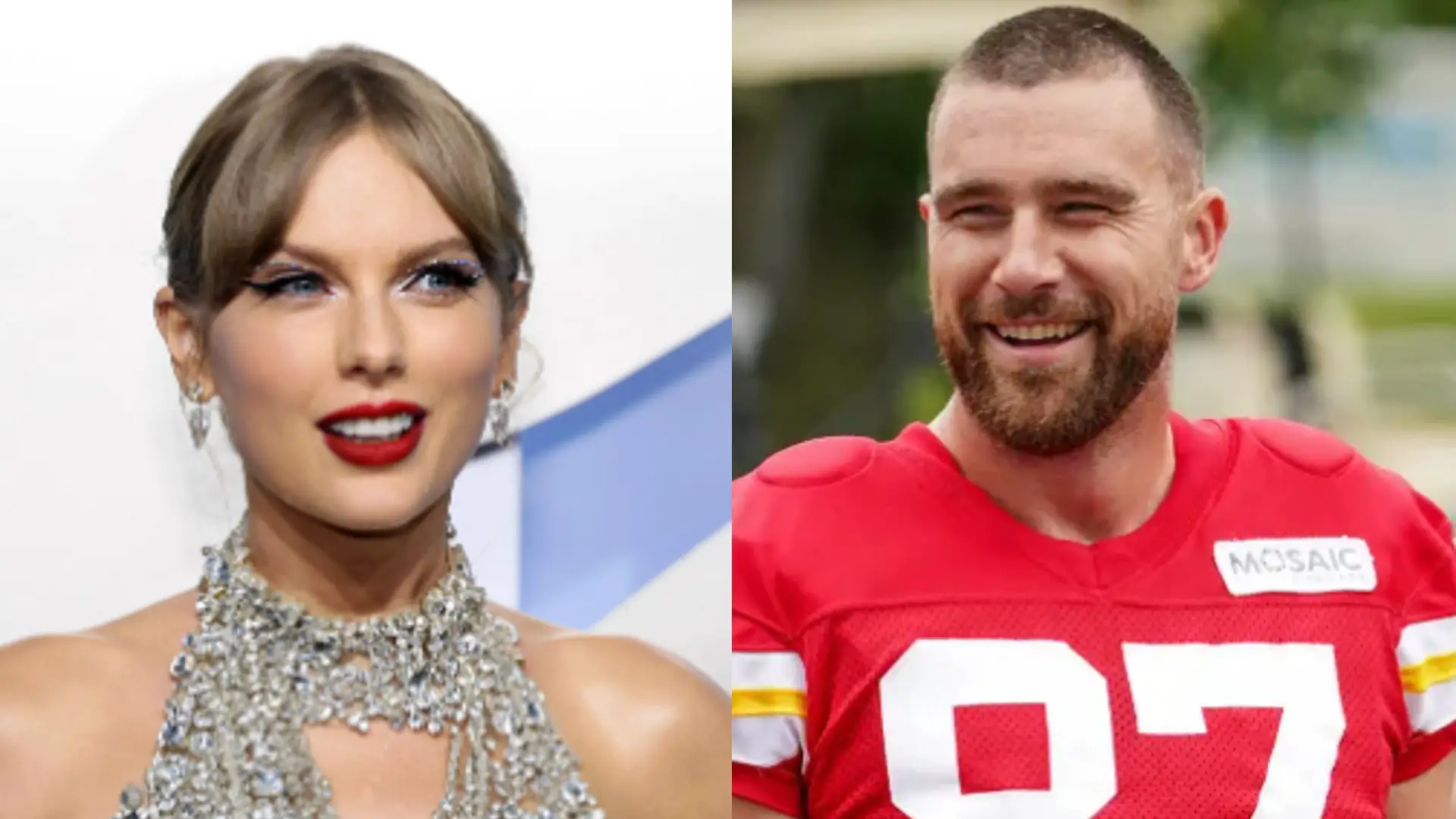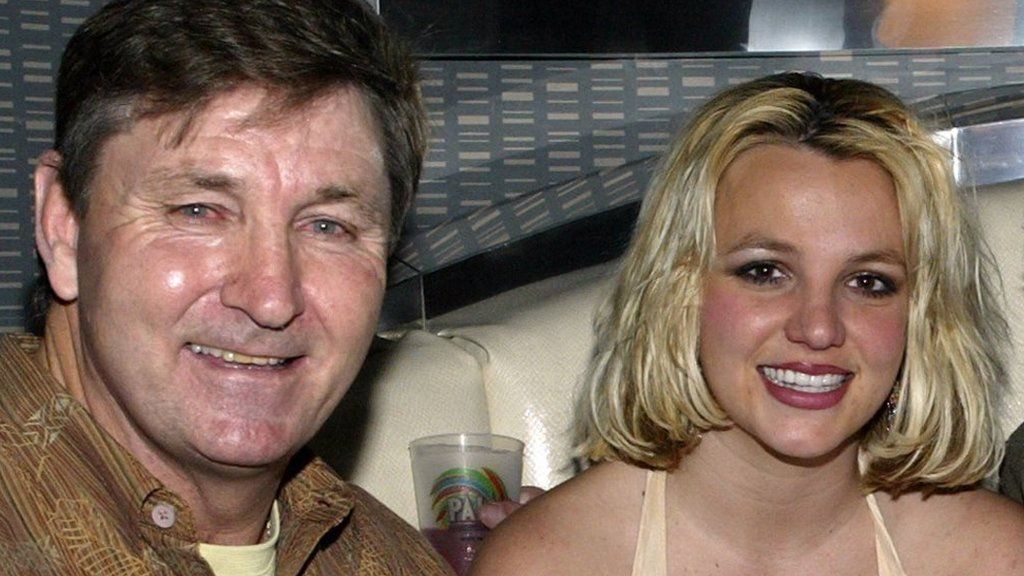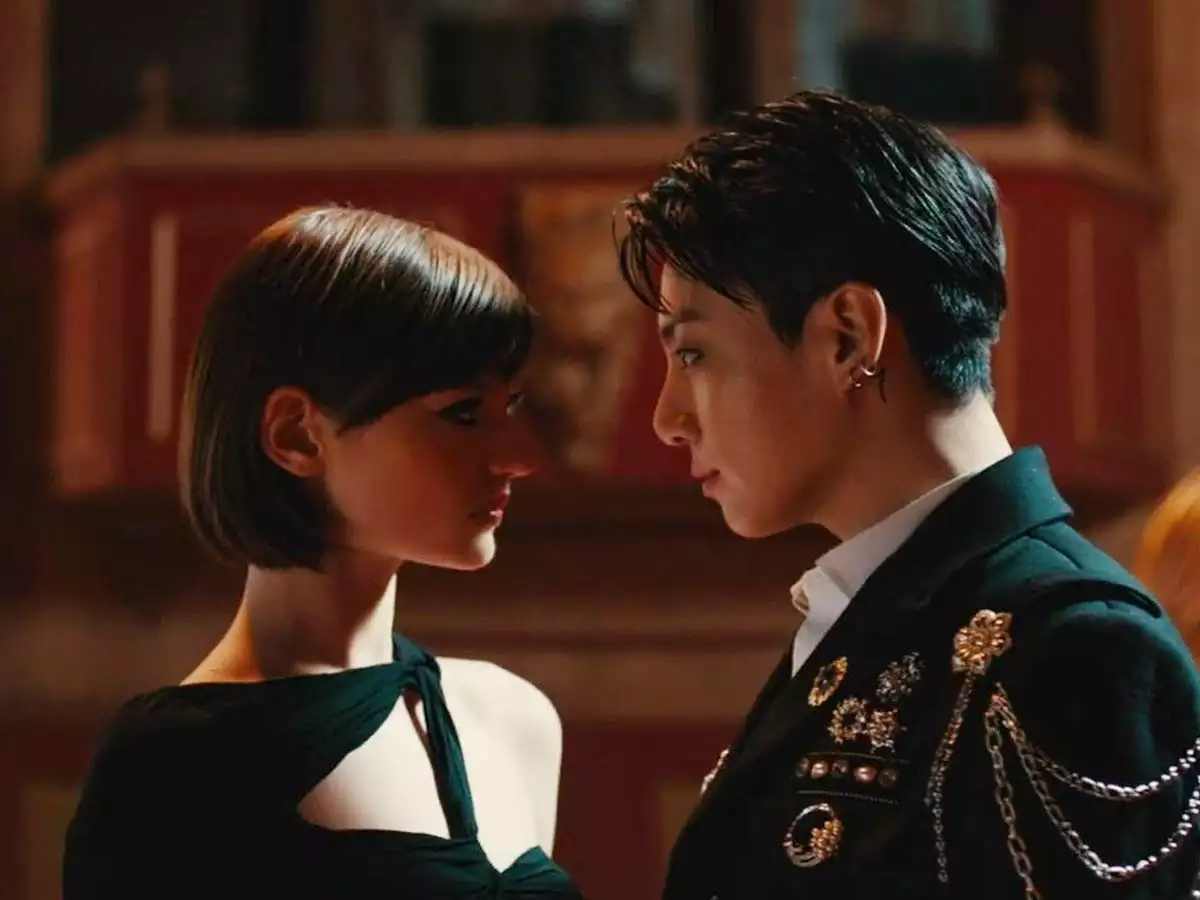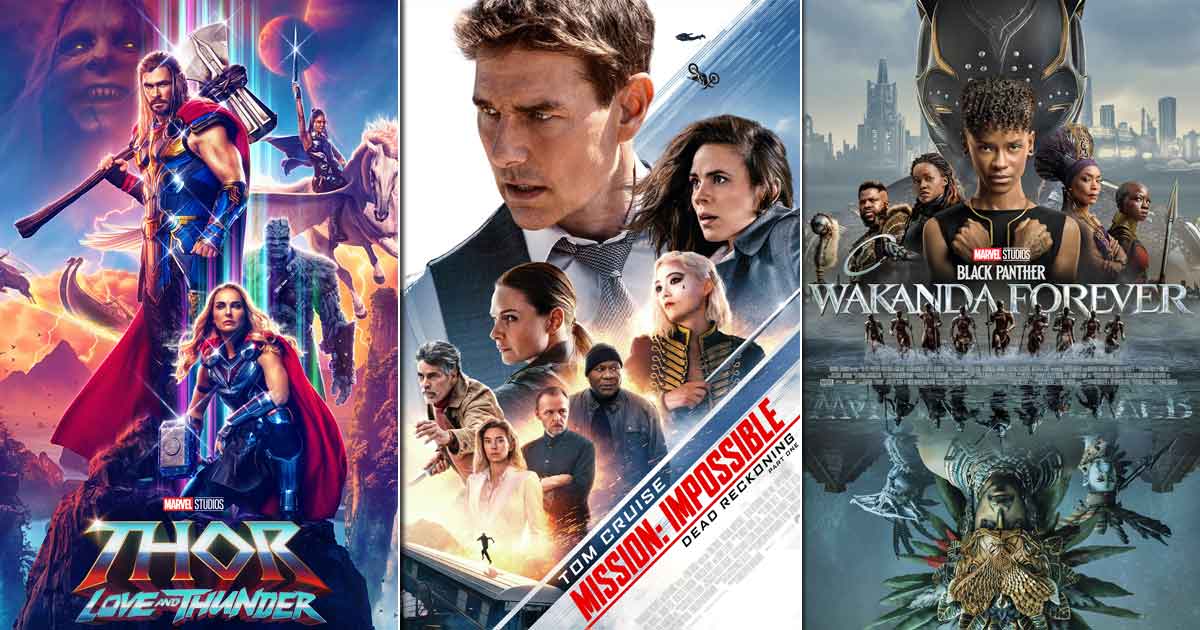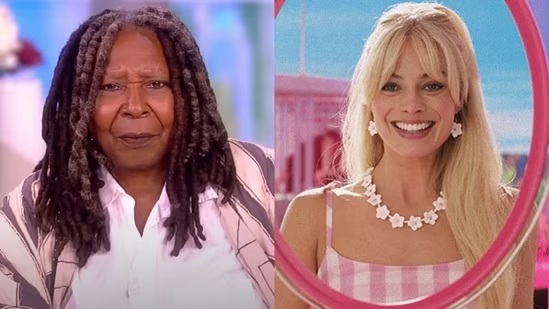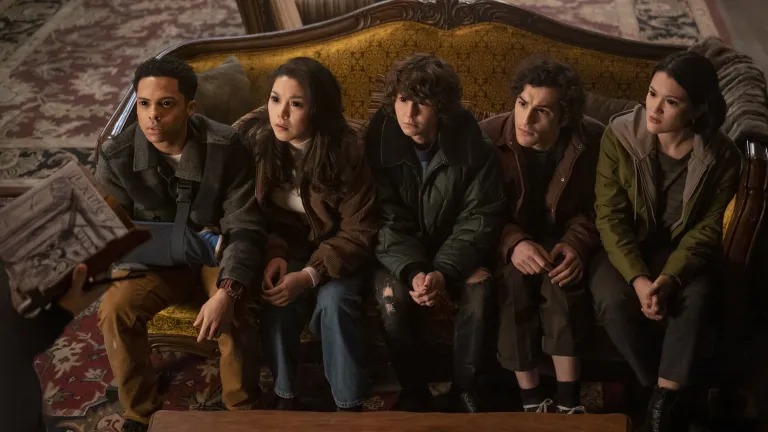K-Pop Artists And Brands: Top Kpop Stars With Succesful Brand Collaborations
In today’s world, K-pop isn’t just about music; it’s a brand in itself, stamped on everything from posh fashion to, believe it or not, branded toilet brushes (dubbed ‘K-Poop’). But, has this frenzy around K-pop stars’ faces on products become a marketing shortcut, or is it a well-thought-out strategy? Let’s dive into the K-bubble, exploring its merits and pondering if it’s a bubble waiting to burst.
Undeniable Star Power
A K-pop artist’s face seems like a golden ticket for brands. From the pinnacle of fashion to the quirkiest products, they can sell it all. But, as brands rush onto the K-pop bandwagon, is it a tactical move or just hitching a ride on the wave of fandom?
Fandom Spending and the ‘Cultural Wallet’
K-pop bands are crafted for commercial success, wielding massive influence that turns almost everything into gold. Michael Patent, Culture Group’s CEO, emphasizes the role of fan loyalty, labeling it as the currency that fuels the K-pop economy. It’s not just about necessity; it’s about emotions.
Carbo Yu, Sinclair’s Regional Executive Director, seconds this, highlighting the power of marketing strategies that tap into fans’ emotional desires. As long as K-pop holds its sway, there seems to be no end to this ‘fandom spending’ trend.
In addition, the South Korean government is not just an observer in this case. The most stunning part of it all was that in 2021 itself, over 600 million dollars were spent just on marketing activities targeted at advancing K-pop culture! The K-pop artists help build a sense of community among fans and give them opportunities to relate emotionally to each other in fan clubs, concerts, merchandises, etc.
The Cult of K-pop: Encouraging Obsessive Fandom?
Despite its global fame being founded upon the communication skills of their performers, there are health concerns for its younger followers. Unwanted results from idealized beauty standards and parasocial relationships.
Robin Lau – Senior Strategist Dentsu Solutions APAC stresses the importance of brands for effective authentic co-branding with an artist who shares this vision. Veejay Anand, CEO of Ironhill India advises marketers on how not to make too much of a fuss while interacting with participants’ emotions.
Is it just lazy marketing or a win-win situation?
There are no doubts about the success of marketing partnerships with K-pop artists; however, is it easy for brands to ride on their popularity? According to Robin Lau, collaboration effectiveness is based on deep understanding between participants, coherent co-creating of meaningful content, and commitment to K-pop industry standards. Carbo Yu believes that we have to start being more ingenious concerning our bringing of collaborations. This is just some other way of telling that he wants his “thing” to be noticed.
Veejay Anand’s stance is quite intriguing at this point. He’s stating that a company cannot put an artist’s face on a product and then be done with it. That is a NO, he wants it more than that…..he desires creativity! He believes that partners should feel value in every aspect they touch including the design, music, or even storyline.
Alright, let’s talk about the big question: Is the K-pop bubble going to explode? Certainly a conflagration. Helen Kosinski, with Luminate, states that K-pop has been growing by almost three-quarters in one year, which is a huge figure, from a third of the American market share. In other words, that sounds like a quite strong bubble.
Hold on, though. For now, Veejay Anand is hesitating at opening the Champagne bottle. This is like him waving a yellow flag and warning more K-pop groups as the competition heats up. It’s like saying “Hey, stay wakeful because some wind of turmoil will come in.”
Secondly, is the ever changing K-pop industry. They are submerging themselves in new sites and are experimenting with new technology. However, this is where the story takes an unexpected turn; in South Korea guys go for a period of training and afterward they are engaged in military service. Yet, through all of this, one thing stands strong: K-pop isn’t going anywhere. It is embedding itself in the mainstream entertainment field and making sure it sticks forever. The K-pop empires will be here forever, adjusting and vibing the way.
Successful Brand Collaborations With Some Of the Best K-Pop Artists
Moreover, while South Korea is a big center for high-end brand names that include Louis Vuitton and Rolex, K-pop idols also steal the show here. For instance, the year 2019 witnessed a Korean luxury market worth of $12.7 billion which subsequently rose to $16.8 billion by 2022. Spending on luxury goods per capita exceeds that of America and China through a conviction of using luxury goods as a symbol of status and amplified voices of social influencers on social media.
Luxury Brands Embrace Influencer Marketing
Millennials also prefer high-class fashion, and hence luxury brands have changed from traditional advertising strategies to a more contemporary approach of influencer marketing.
Top K-Pop Stars Collaborations Luxury Brand
8. Sehun ✕ Zegna
Instagram: @oohsehun
Followers: 23.3 million
Sehun, a multi-talented Exo member, takes on the role of Ermenegildo Zegna’s ambassador. His collaboration with Zegna, featured on the brand’s Instagram account, showcases fashion-forward looks to his 23.3 million followers.
7. Chanyeol ✕ Prada
Instagram: @real__pcy
Followers: 23.9 million
Chanyeol, another Exo sensation, proudly announces his role as Prada’s ambassador on Instagram. With 23.9 million followers, his post marks a milestone in the fusion of K-pop and high-end fashion.
6. IU ✕ Gucci
Instagram: @dlwlrma
Followers: 29.4 million
IU, a beloved figure in the K-pop scene, graces the cover of Dazed Korea adorned in Gucci. With 29.4 million followers, her influence extends beyond music, making her a significant ambassador for Gucci.
5. Jackson Wang ✕ Fendi
Instagram: @jacksonwang852g7
Followers: 31.5 million
Jackson Wang, a versatile talent based in China, brings his Fendi bag to the spotlight. With 31.5 million followers, Jackson bridges the gap between K-pop and international luxury brands.
4. Rosé ✕ Yves Saint Laurent
Instagram: @roses_are_rosie
Followers: 67.6 million
Rosé, a Blackpink sensation, becomes the face of Yves Saint Laurent Beauty. Vogue features Rosé, solidifying her role as a muse for the iconic brand to her 67.6 million followers.
3. Jisoo ✕ Dior
Instagram: @sooyaaa__
Followers: 69.2 million
Jisoo, a queen in the Blackpink realm, ascends as Dior’s global ambassador for both Fashion and Beauty. With 69.2 million followers, Jisoo embodies Dior’s femininity.
2. Jennie ✕ Chanel
Instagram: @jennierubyjane
Followers: 74.8 million
Jennie, a fashion icon from Blackpink, takes center stage as Chanel’s house ambassador. With 74.8 million followers, Jennie’s influence extends globally, intertwining K-pop and haute couture.
1. Lisa ✕ CELINE
Instagram: @lalalalisa_m
Followers: 89.1 million
Lisa, a force to be reckoned with, graces CELINE’s photo booth in Paris, capturing her favorite moment. With 89.1 million followers, Lisa’s collaboration with CELINE sets the stage for a harmonious blend of music and high fashion.
In conclusion, K-pop partnerships represent a dynamic interplay between brands and artists., but the question remains: is it a win-win or just another easy marketing tool? Authentic collaborations should be at the root of this symbiosis, as they are capable of generating a strong worldwide fan base. The longevity of the bubble is dependent on the industry’s ability to develop and relate with fans meaningfully while avoiding shortcut marketers along the way.
